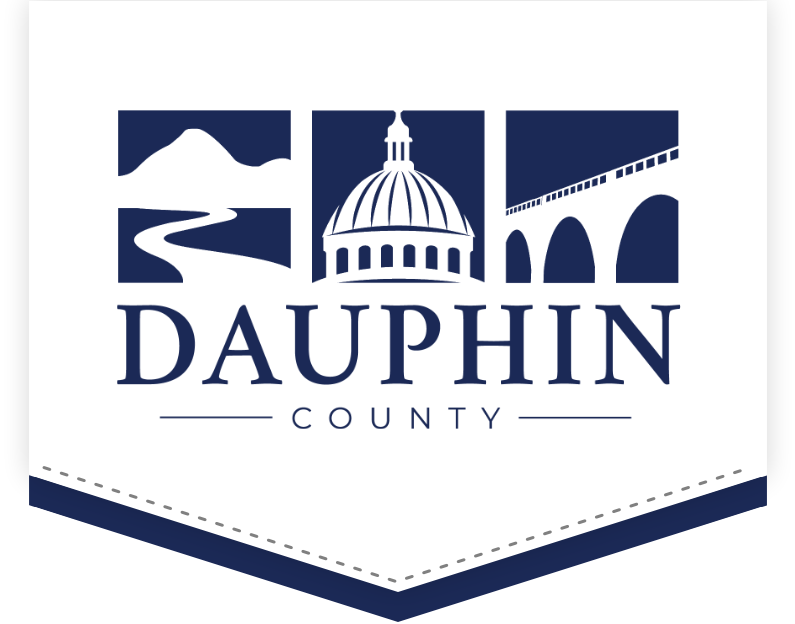Steps of the Model
The philosophical basis for the model creates a "shared responsibility" for protecting children. The model emphasizes that this responsibility is shared between a variety of child/family serving systems including Child Protection Agencies at the federal, state and local levels, community providers, community members/leaders, informal helpers, courts and, most important, families.
While the basic values, beliefs and philosophy upon which the model is founded encourage flexibility, creativity and options; the model itself offers a specific structure which creates a safe environment within which participants can honestly communicate concerns and solutions. This includes 6 phases as follows: Referral, Planning and Preparation, Meeting (including the sharing of a meal and private family time), Plan Presentation and Follow-up.
Referral
Referrals are made to the Family Group Decision Making coordinator usually via a developed referral form or process. Of primary consideration is the need to advise the coordinator of the purpose for the meeting, suggested participants, legal involvement status and any known safety concerns.
Significant time and energy are spent preparing family members as well as non-family members/service providers for the meeting. Participants in the meeting need to have a general sense of the purpose and process involved in the meeting. Participants are asked to come to meetings prepared to discuss any concerns they have regarding the family's situation as well as strengths they have identified related to individual family members and the family as a whole.
Non-family members/service providers are additionally asked to be prepared to share possible services which may be accessed through their agency. Due to the critical nature of this phase, it is estimated that planning and preparation for meetings consumes anywhere from 15 to 30 hours of the coordinator's time per meeting. Two critical questions that must be answered during this early stage and prior to the scheduling of a meeting, in addition to the overall purpose, are related to the agency's hope for the family and willingness to accept the family's plan if all concerns are adequately addressed. Without this basic level of hope and willingness to accept the family's plan, meetings are destined to fail, and families would be "set up" to fail. Additionally, families would become more distrustful of the helping system.
Indeed families tend to create plans that are very comprehensive in nature. As the Honorable Richard Fitzgerald of Jefferson Family Court, Louisville, Kentucky quotes, "It has been my experience that families quite frequently will come up with a safety plan & expectations of parents which are higher than what traditionally had been set by Social Services because they have more knowledge of some of the behaviors that have gone on in the family."
The actual Family Group Decision meeting focuses on establishing a safe environment which facilitates honest and open communication among participants. The meeting begins with ground rules, introductions, including an explanation of each participant's connection to the family. The purpose of the meeting is then discussed, and consensus is reached.
Once the purpose has been agreed upon, participants engage in a family tradition identified earlier by family members (i.e. song, poem, prayer, etc..) as being important to family gatherings.
The process next engages in a discussion and listing of all strengths identified for each family member and the family as a whole. This identification begins with non-family member participation and ends with family member contributions. A critical outcome of this step is to place the service providers in a positive light with family members.
Once all strengths are discussed and listed, the facilitator moves to a discussion of concerns currently facing the family. In this step, family members are first asked to identify concerns, which are again listed. Once all family members and support persons have contributed, service providers are allowed to contribute. In most instances, family members and support persons have identified all concerns again leaving the service providers in a positive light with family members.
Critical to the process is the next step of sharing a meal. Family members and service providers sit together and share food. As one service provider commented, "Once you have sat down and eaten with a family, they will never look at you in the same way." The above three steps are critical in strengthening the positive relationship between family members and service providers.
The family is next provided with Private Family Time. During this private time, all persons who are not family members leave the room allowing the family to develop a plan for the care of the children which addresses all of the concerns previously identified. One family member is identified as the recorder. Once the family has agreed upon a plan of action, the facilitator and service providers are invited to rejoin the family.
The family then presents the proposed plan to the service providers, explaining how the plan will resolve the previously identified concerns and who will assume responsibility for carrying out each element of the plan. At this point, the referring professional (often a Children & Youth caseworker or Juvenile Probation Officer) has the option of approving the plan. If it is believed that the plan does not adequately address all critical concerns, the family is asked to continue developing the plan, until the referring professional is able to approve of the plan.
The meeting ends with yet another family tradition, previously identified by family members. If the family is involved with the Juvenile Court, the plan is then presented to the Court for final approval. Family members or the referring can make this presentation professional.
This more inclusive process lays the foundation for greater agreement in court proceedings, fewer contested issues and a reduction in the length of Court Hearings. This process clearly strengthens the non-adversarial nature of the Juvenile Court process, focusing instead on the safety and best interests of children.
Critical to the success of a Family Group Decision Meeting is the follow-up that occurs after the meeting. The referring agency representative is tasked with assisting the family to access services and successfully complete the plan. Individuals within the family have committed to assisting with elements of the plan and sharing the responsibility for the success of the plan. If for any reason, the plan is not successful another meeting may be called to revise the plan.

